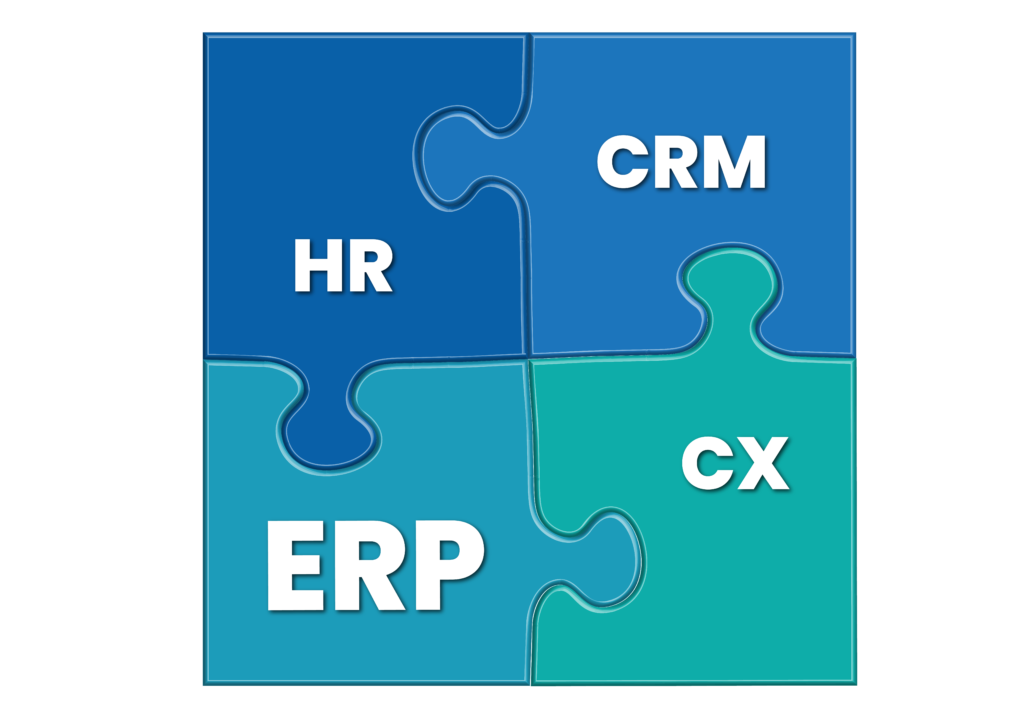Automation is the buzzword of the 2020s, and it’s in constant evolution. As a PaaS company that specialises in automation and integration technologies, we’ve made a list of the top emerging automation trends that’ll transform the technology.
Automation is a system of rapid growth, continuous innovation and wider adoption. For this reason, automation has never been in a static category. In the race for digital transformation, robotic process automation (i.e. RPA), iPaaS and automation are generally touted as a fast and effective way to optimize key business processes and extend the life of legacy systems. Automation has always been a must for digital change and transformation in terms of these features it has, which is why everyone’s talking about the future of automation and automation trends.

Process automation bots have the same abilities as humans to do repetitive work. Moving files, scanning emails, logging into programs, connecting to APIs, extracting data and others can be automated with RPA, iPaaS and automation. In this blog, we’ll list the most exciting automation trends to seek in the following years.
Top Emerging Automation Trends
The trend of recent times is automation! Automation, in other words, sharing a job between humans and machines! So what functions do automation technologies provide? The functions provided by the automation are as follows:
- Making the most of technology in your digital transformation journey
- Process efficiency and time savings
- Focus on value-added work
- Cost savings for manual and repetitive tasks
- Minimizing the error percentage
But it should be remembered that automation is not a physical machine or robot, a digital assistant or just an artificial intelligence, machine learning or internet of things platform. Here are the automation trends of 2023:
Low-Code & No-Code Platforms
The terms “Low-Code” and “No-Code” are often used together because of their similarities. Both low-code and no-code platforms use visual interfaces to enable users to develop their own business solutions without extensive coding knowledge.
The main difference between low-code and no-code platforms is that, as their names suggest, low-code platforms can still involve coding in certain situations, and a no-code platform requires absolutely no coding, which makes them a great model for automation platforms.
This basically means that no code technology is designed specifically for individual developers, or even people who have no idea about coding. On the other hand, low-code technology appeals to both individual developers and professional developers, since it requires coding knowledge. Because low-code platforms can still include coding, they can build larger and more complex applications than any coding platform can. For better flexibility and control over the development cycle, forward-thinking businesses use platforms that combine both low-code and no-code technologies.
As an automation platform, Autom Mate was designed to fit the automation trends of the modern age and is both no-code and low-code, depending on what businesses need it to be. On top of that, with Autom Mate Marketplace, users can pick proven-to-work automation flows without even drag-and-dropping apps and flows!
Machine Learning Meets Automation
Machine learning is a branch of artificial intelligence (AI) and computer science that gradually increases its accuracy by focusing on the use of data and algorithms to mimic the way humans learn.
It is indisputable that artificial intelligence-based automation solutions will be the biggest issue in the coming years. The question is how quickly the enormous potential of this technology can be exploited by manufacturing companies. However, the basic prerequisite for this is the coherent digital networking of all components involved in the production process. When this obstacle is removed and autonomous data exchange of all related systems is ensured, the basis of smart production is formed.
Collaboration Becomes a Priority
The megatrends of digital networking and artificial intelligence are ushering in a new era of automation. They allow the realization of highly flexible intralogistics and production concepts that were hitherto impossible. With the current innovation dynamic, this year’s premier trade show will likely be the most important Automation technology of all time, with a wider array of exhibitors than ever before, from start-ups to industry giants. At this point, cooperation is the most important step!
Integrations, Integrations, Integrations
Most RPA platforms offer some level of integration capabilities out of the box. However, these capabilities are often limited and may not be enough to meet the needs of a specific organisation. That’s why it’s important for RPA platforms to offer robust integration capabilities that can be easily customised to fit the unique needs of any business.

At this point, the most important factor is not only the integration of the automation system but the integration of the whole process.
Intelligent Automation
Intelligent Automation (IA) is a combination of Robotic Process Automation (RPA) and artificial intelligence (AI) technologies. It empowers end-to-end business process automation and accelerates digital transformation.
Smart Automation increases the number of processes that can be done in business process automation. While RPA performs the operations defined for it; as well as ready-made applications such as automated process discovery and process analytics,
- Computer vision (Computer Vision),
- Natural Language Processing
- Cognitive technologies combine with machine learning and business analysis capabilities.
In addition, the concept of Intelligent Automation covers the entire automation journey (discovery, automation, optimisation) between human-bot teams working together while automating any front-office or back-office business process.
Image Source: Gartner
At the same time, in 2021, Gartner surveys found that more than 50% of CEOs and 69% of boards of directors are demanding accelerated growth and operational excellence. Hyperautomation provides a critical path toward achieving both.
According to the data in this chart, hyperautomation was the best solution for managers last year.
So, what are the pros of hyperautomation? The answer to this question is as follows:
- Better, higher-quality processes
- Greater usage
- Quicker adoption
- Less resistance
- Customer and employee centricity
In addition, hyperautomation is a system that can be integrated with all automation systems.
Automate, Integrate, and Resolve with Autom Mate
Autom Mate is a system that allows you to automate your business processes and design these processes with as little code as possible. Autom Mate integrates with nearly 300 connectors and automatically handles your work without the need to enter multiple sites or run multiple programs.
The best thing about Autom Mate is that you can perform your various business processes in the simplest possible way, even without coding knowledge. So, what are the advantages of Autom Mate? The answer to this question is as follows:
- Improved Efficiency and Productivity: By adding a new automation solution that eliminates the possibility of errors, you can instantly get your work done more fluidly and with fewer errors. By removing the heavy and laborious manual processes your team performs daily, you troubleshoot performance issues in tasks and accelerate higher-level business processes between departments, team members, and everyone in your organization.
- Less Time and Resources: Automation helps your organization reduce costs and increase profitability, especially for teams that deal with manual paperwork while fulfilling their responsibilities. Automating processes speeds up your internal operations, so you can easily save time and money on the resources needed to complete these processes, and reassign employees who previously did manual work to more important tasks.
- Simple Data and Document Management: Using manual processes, employees can lose track of written communications, spreadsheets, and other documents printed or transmitted between emails. In addition, moving information from one data source to another or having to perform calculations from another data source increases the likelihood of human error and wastes more time. Process automation means having all of your documents and data in one place and streamlining document management in a way that is easy to organize and retrieve.
- Visibility and Transparency: You don’t need to provide additional support to your team as automation solutions help ensure that best practices are followed and management implemented. With data collection, reporting and analysis capabilities, you can view data dashboards that offer visibility and transparency about what everyone is currently working on so you can make more informed decisions.
As a result, companies are adopting and scaling Autom Mate to efficiently handle people and processes. Autom Mate offers 360-degree solutions that best suit the needs of the future. Discover the many RPA use cases in Autom Mate’s ready-to-use, user-generated RPA flows today, and let’s design the future of RPA together.


